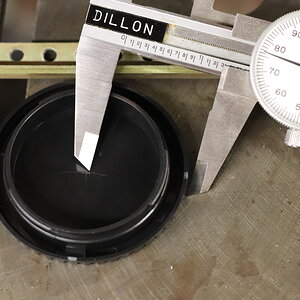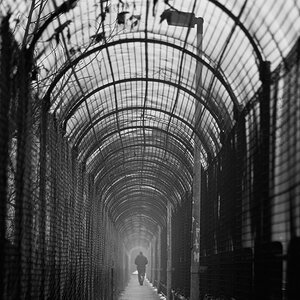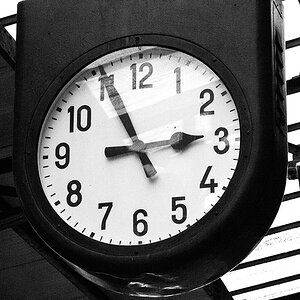Tbini87
TPF Noob!
- Joined
- May 10, 2010
- Messages
- 574
- Reaction score
- 8
- Location
- Chico, CA
- Can others edit my Photos
- Photos OK to edit
Hey guys. I am pretty new to photography and am finally getting some decent equipment and taking my camera off of auto when shooting. I have been looking at a 50mm 1.8 nikon lens but don't know if i should buy it since it won't autofocus on my D40. I have only taken a few shots EVER using manual focus and I wasn't exactly spot on.
I am wondering if a lot of people shoot with manual focus. I am also wondering how much practice it takes to get comfortable and decent at using manual focus. Should I be afraid of the 50mm prime that doesn't autofocus? I would love to get it for around $125 as opposed to spending something like $400 for one that will autofocus on a D40. Any help would be appreciated!
I am wondering if a lot of people shoot with manual focus. I am also wondering how much practice it takes to get comfortable and decent at using manual focus. Should I be afraid of the 50mm prime that doesn't autofocus? I would love to get it for around $125 as opposed to spending something like $400 for one that will autofocus on a D40. Any help would be appreciated!


 :lmao:
:lmao:


![[No title]](/data/xfmg/thumbnail/34/34126-2956b6786a44f993f9aad43e097be84c.jpg?1619736297)
![[No title]](/data/xfmg/thumbnail/31/31039-558cdb3d311dc67b7a2134527e230488.jpg?1619734582)

![[No title]](/data/xfmg/thumbnail/34/34123-da7d55491fec06595061191321c92646.jpg?1619736293)



![[No title]](/data/xfmg/thumbnail/39/39271-04ff6ce1fbcda2b0d41ad7ee08cff91a.jpg?1619738950)
![[No title]](/data/xfmg/thumbnail/31/31042-2fcf80c8987688129be89876d12ba006.jpg?1619734584)